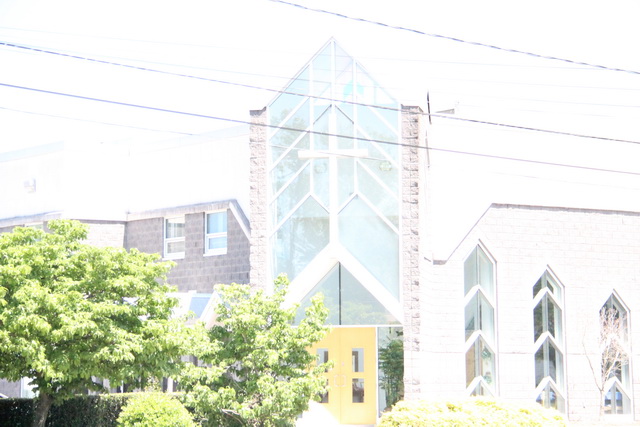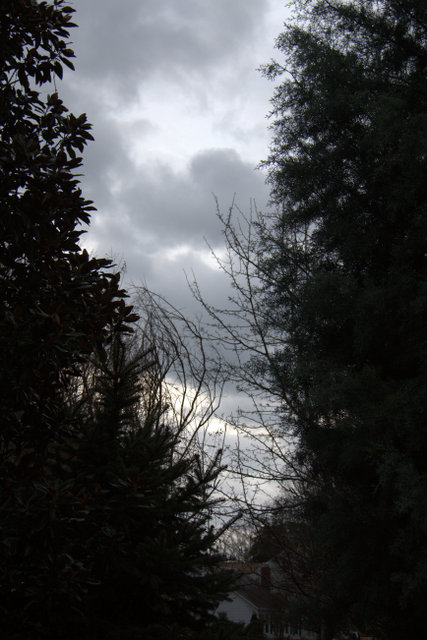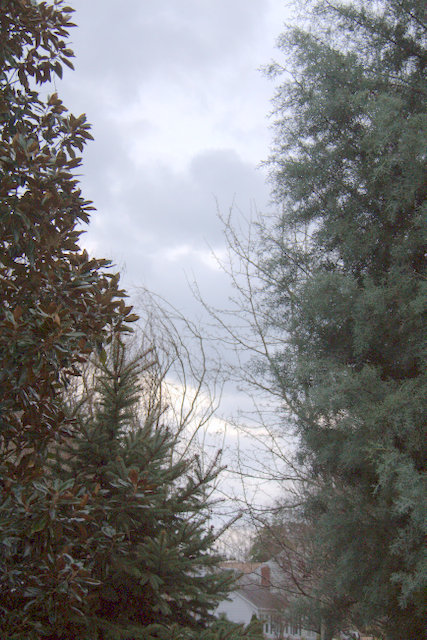RAW
Correcting a mistake.
By Silver Blue
You can tell I’m an amateur. I was photographing an event indoors in bad lighting on Wednesday night. Today, I went out shooting in broad daylight.
Ahem. I forgot to reset the ISO on my camera, ergo, I shot everything, in bright daylight, AT 6400 ISO. Now, if you don’t know what that does, allow me to demonstrate:
Severely overexposed. Basically useless. Thank the stars I was shooting in dual mode: RAW + JPG. Using RAW, I was able to recapture some of the detail and using a saturation on the sky, I was able to come up with this:
Not perfect my any stretch of the imagination. Fortunately, this church is local (New Mount Olive Church in Hampton), so I’ll be able to get by later this summer and take some CORRECT photos of it. Sigh.
Maybe I should have just stayed in bed this morning.
Silver Blue, signing out.
Why I’m starting to shoot RAW.
By Silver Blue
RAW? You mean like…naked? No, gentle readers. With most cameras these days you can shoot one of two ways: JPG or RAW. With JPG, the camera applies the White Balance, any exposure compensation you may have selected, picture styles, etc. and then compresses the file into JPG format and records it to the storage medium.
RAW, on the other hand, takes the data as recorded by the image sensor and records that to the storage medium without applying compression or any sort of modification to the photograph (some cameras store your settings in a “sidecar” file that goes along with the RAW file).
The difference? Well, using my Canon T3i (18 megapixel), my JPGs are about 5 or 6 megabytes per photo (may be more, or less, depending on the complexity of the photo – more complex means less compression, ergo, larger file sizes). RAW files are in the range of 18-20 megabytes per photo, because every pixel gets recorded. Also, a JPG is ready to be viewed, uploaded, emailed, resized, etc. from the memory card where a RAW file needs to be processed and refined.
So why bother with RAW, you might ask, given that the files are larger and there’s more manipulation that is required in order to turn out usable images?
Since the Canon T3i allows me a way of shooting RAW + JPG at the same time, I thought I’d play with it and see if RAW served any purpose other than my High Dynamic Range (HDR) that I’m learning to do. I’ll let you decide.
The JPG:
Now, the same photo, taken from RAW, and processed out:
RAW format allows you to retrieve detail and texture from areas that have been plunged into almost complete darkness in the JPG compression. The lower photo matches what my eye saw, visually.
(In order to be honest, you CAN retrieve SOME detail from a JPG, but what’s lost is lost. This was probably the best that could have been pulled back out of the shadows of the JPG, but if you look, the colours are slightly off, and there’s more digital “noise” in the photo.)
I could have possibly tweaked colour sliders and brought back the yellow cast of the approaching storm, but… it’s more work, and every time I make an edit to a JPG file, it’s considered a “destructive” edit (unless I go through making multiple adjustment layers in Photoshop), whereas the original RAW file is never altered. All the adjustments are kept in a sidecar file and are editable at any time. Now, next week, or 10 years from now. (Provided, of course, that the Mayans were wrong and the world doesn’t end on December 21, 2012.)
[audio:https://www.eyesofsilverblue.com/tfsw.mp3]Silver Blue, who wonders if I’m getting into the intricacies of photography a TAD too much. LOL.






